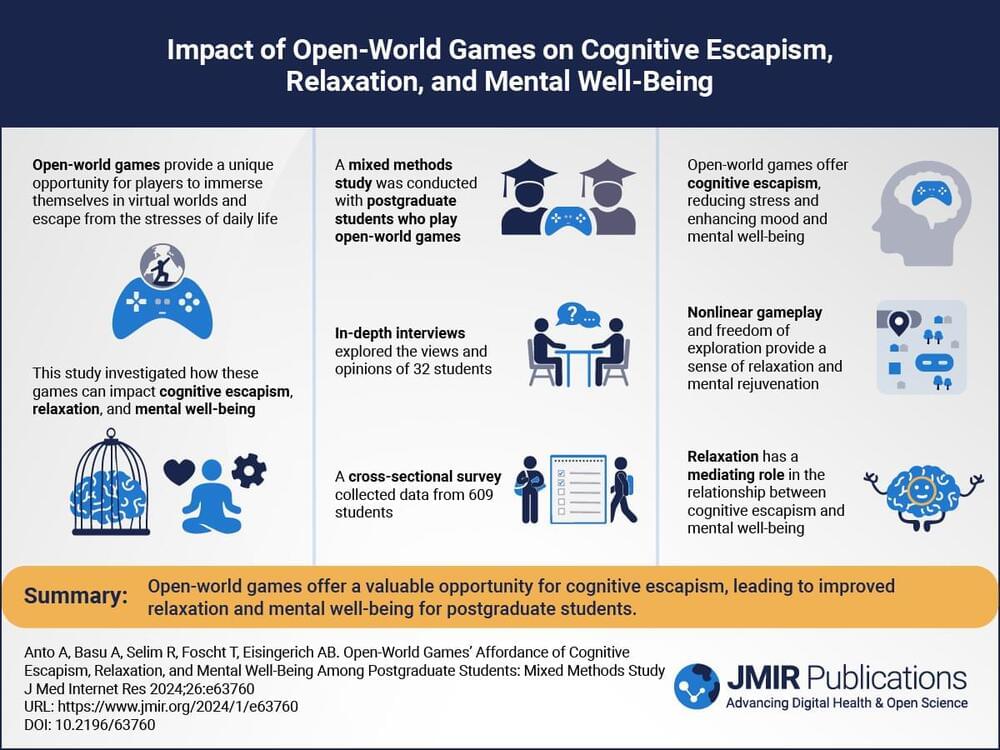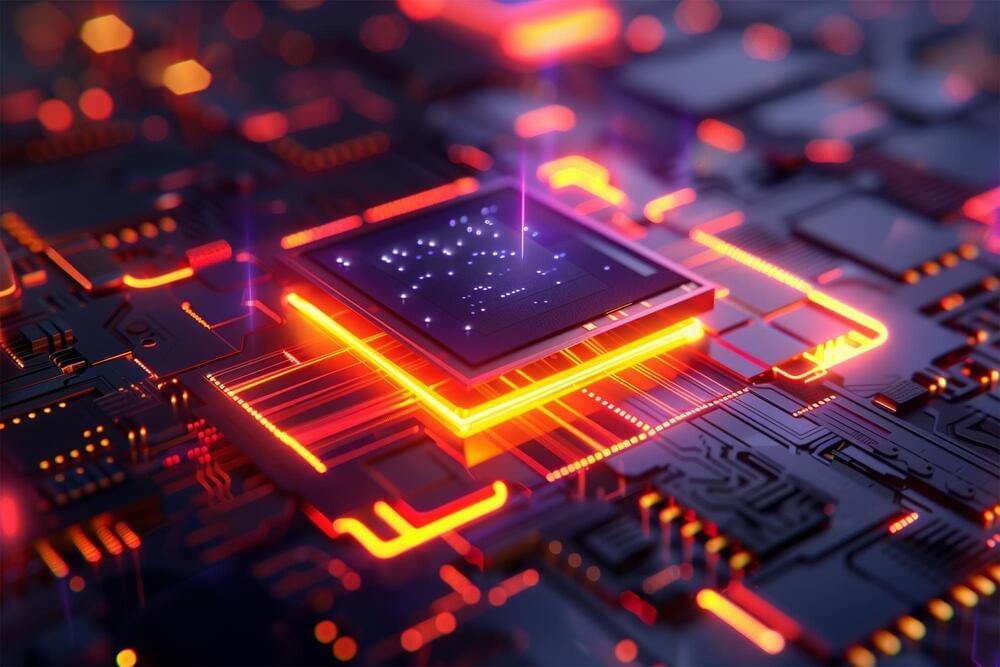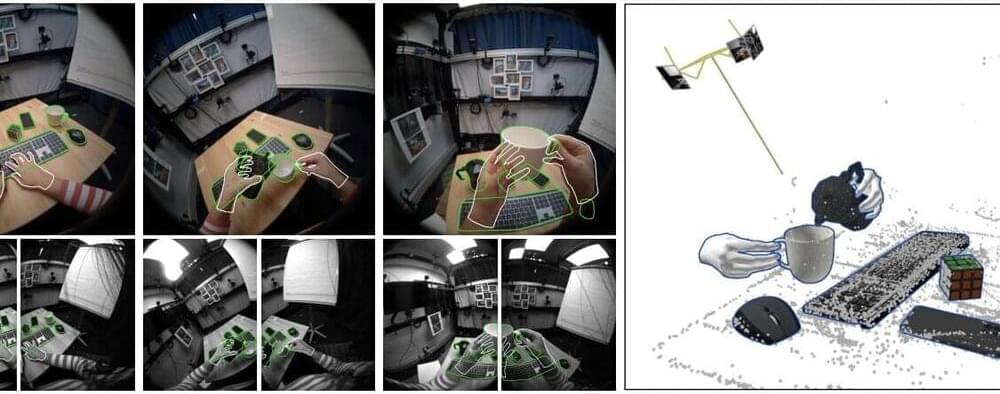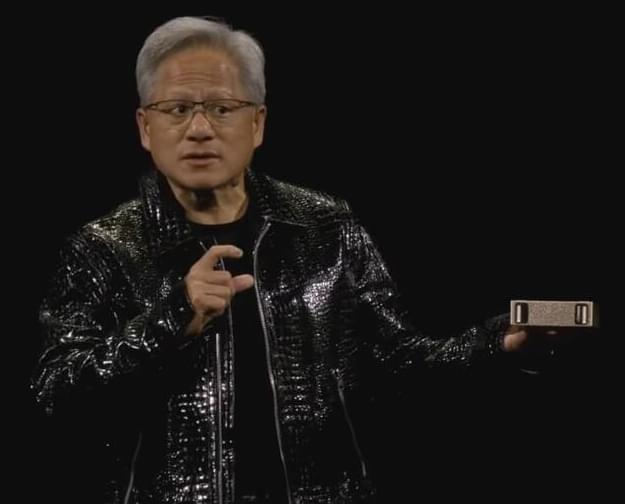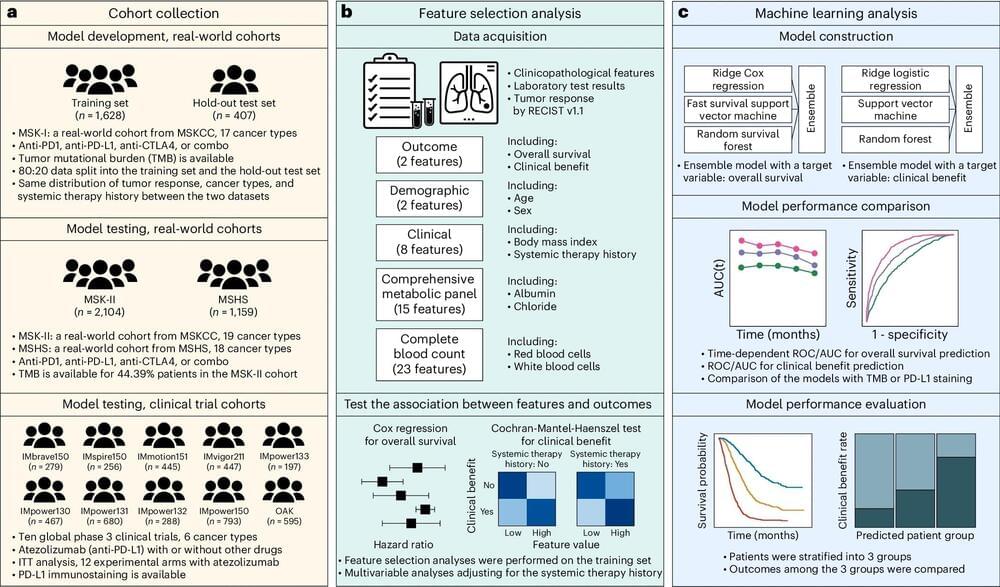Jan 7, 2025
Thin, Fast, and Powerful: MIT’s “Stacked” 3D Chips Shatter Industry Constraints
Posted by Saúl Morales Rodriguéz in category: robotics/AI
An electronic stacking technique has the potential to exponentially boost the number of transistors on chips, paving the way for more efficient AI hardware.
The electronics industry is approaching a limit to the number of transistors that can be packed onto the surface of a computer chip. So, chip manufacturers are looking to build up rather than out.
Instead of squeezing ever-smaller transistors onto a single surface, the industry is aiming to stack multiple surfaces of transistors and semiconducting elements — akin to turning a ranch house into a high-rise. Such multilayered chips could handle exponentially more data and carry out many more complex functions than today’s electronics.



